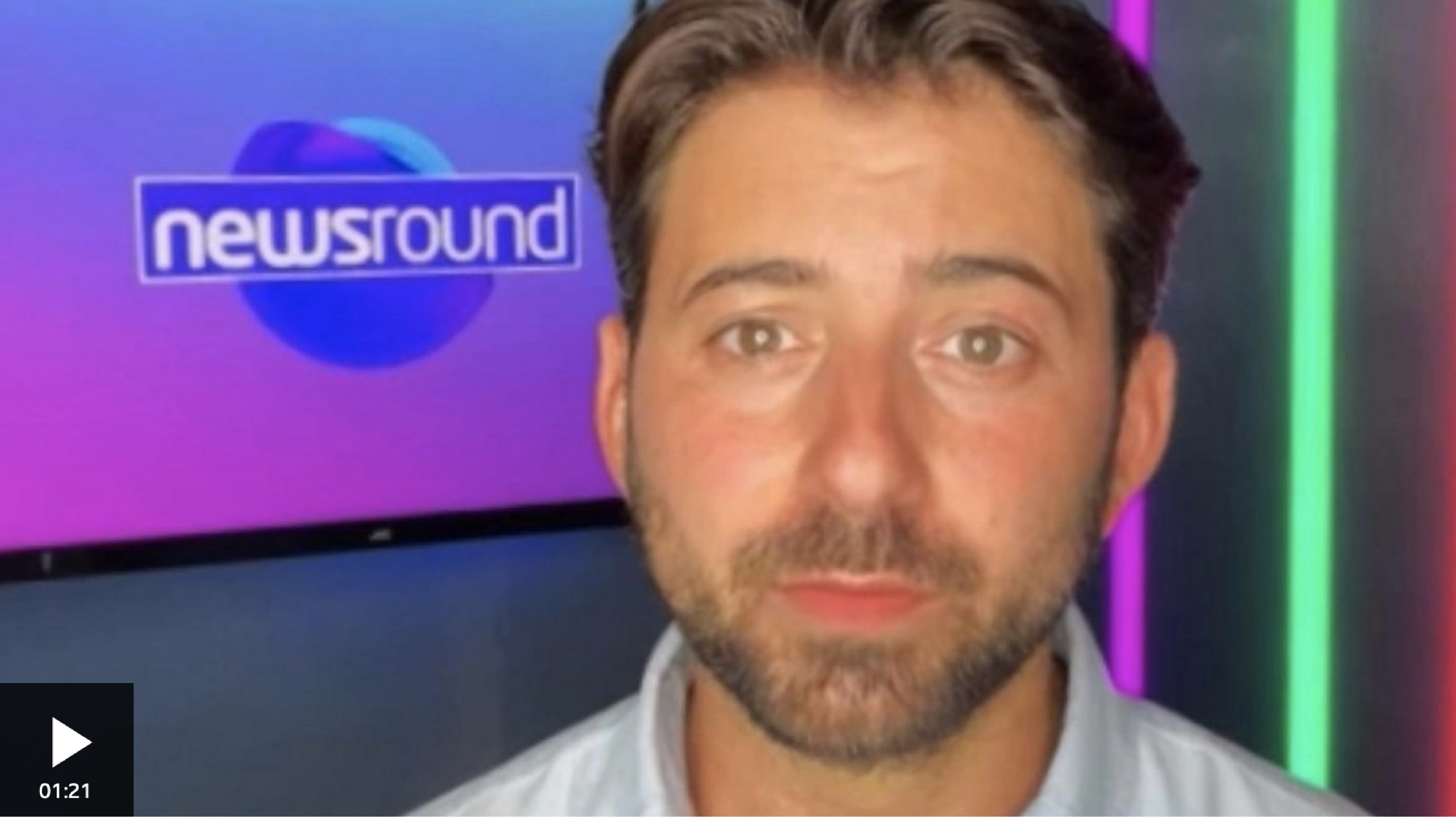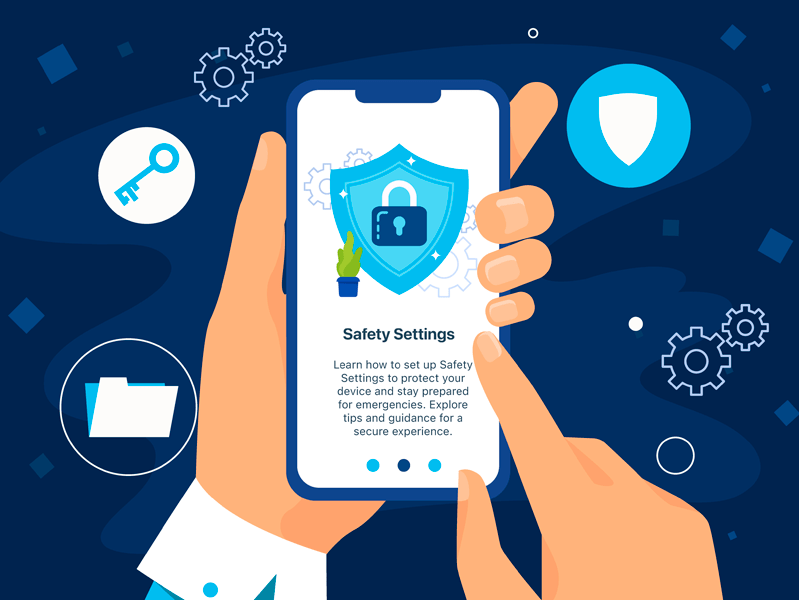Read Time: 3.7 Minutes
29th January 2025
On 29th July 2024, a 17-year-old boy attacked children attending a Taylor Swift themed dance class, resulting in the deaths of three young girls and injuries to ten others. This incident has recently resurfaced in the headlines due to the sentencing of the attacker, with more details of the event being shared across the media which many people have found upsetting and disturbing.
Such events can be particularly upsetting for children and young people. Misinformation and the amplification of sensationalist voices on social media can heighten their anxiety and fear. The fact that the victims were children at a dance class linked to a popular celebrity may make it feel more personal and threatening.
It is crucial to address these events appropriately and sensitively with children, as they may be scared and have questions after encountering the story online or hearing about it from peers.
Top Tips for Addressing Distressing News Events With the Children and Young People in Your Care:
Further Resources
Join our Online Safeguarding Hub Newsletter Network
Members of our network receive weekly updates on the trends, risks and threats to children and young people online.










